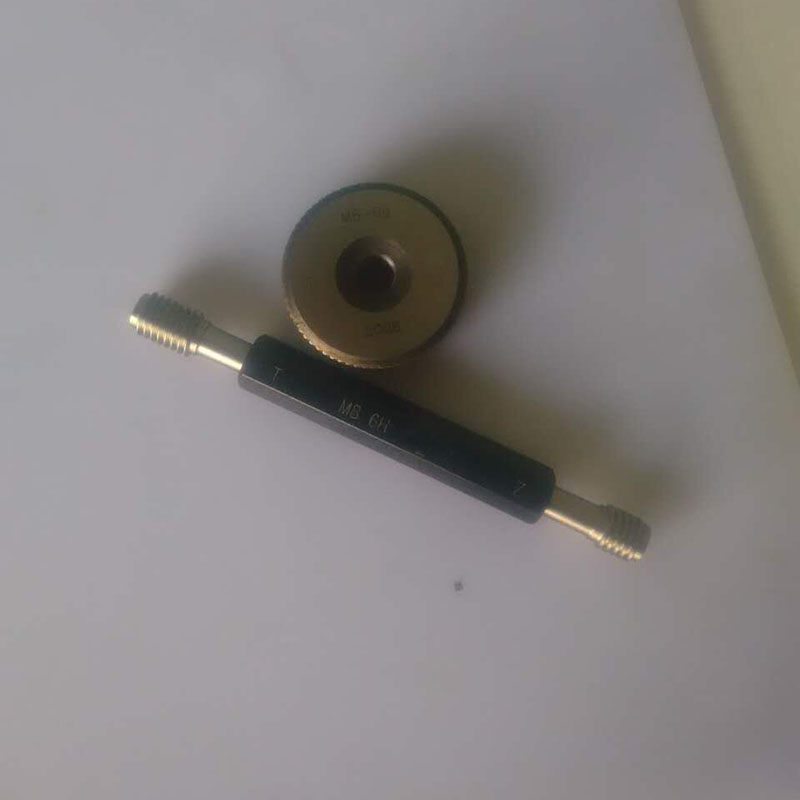Déc . 23, 2024 19:31 Back to list
Different Types of Gate Valves and Their Applications in Various Industries
Understanding Gate Valve Types A Comprehensive Guide
Gate valves are essential components in various industrial applications, serving as on/off valves that control the flow of fluids in pipelines. Their design allows for minimal pressure drop when fully open, making them ideal for applications where a consistent flow is required. This article explores the different types of gate valves, their construction, and their applications.
Basic Design and Function
At its core, a gate valve consists of a disc (or gate) that slides into the valve body to control fluid flow. When the valve is fully open, the gate retracts completely into the valve, providing a clear passage for fluid to flow through. Conversely, when closed, the gate blocks the passage entirely. The actuation of a gate valve typically involves a wheel or handwheel that turns a stem, which raises or lowers the gate.
Types of Gate Valves
Gate valves can be classified into several types based on their design and operational features
1. Wedge Gate Valves The most common type of gate valve, wedge gate valves feature a triangular-shaped gate that fits snugly into the seat. These valves can either be parallel (with a flatter gate) or inclined (with a slightly angled gate), providing a tight seal when closed. Wedge gate valves are known for their durability and resistance to stress.
2. Parallel Slide Gate Valves Unlike wedge gate valves, parallel slide gate valves have a gate that is parallel to the flow of the fluid. This design eliminates the need for an inclined seating surface, making it ideal for systems where a tight seal is crucial. They are commonly used in high-pressure applications and can accommodate larger pipe sizes.
3. Expanding Gate Valves Expanding gate valves are designed to expand slightly as they are closed, creating a tighter seal against the valve seat. This feature makes them particularly suitable for high-pressure and high-temperature applications. Expanding gate valves are often found in the oil and gas industry.
4. Sluice Gate Valves Sluice gate valves are similar to conventional gate valves, but they are designed for controlling water flow in canals or river systems. These valves typically operate on a vertical plane and are used for large-scale water management. Their design allows for a significant opening to accommodate large volumes of water.
gate valve types

5. Knife Gate Valves Knife gate valves are designed for applications involving slurries or fibrous materials. The blade-like gate can cut through the medium, ensuring a smooth and effective shut-off. These valves are commonly used in mining, wastewater treatment, and pulp and paper industries.
Materials and Construction
Gate valves can be constructed from various materials depending on the application. Common materials include stainless steel, carbon steel, bronze, and PVC. The choice of material affects the valve's corrosion resistance, temperature tolerance, and overall durability.
Advantages and Disadvantages
Gate valves offer several advantages, including
- Minimal Flow Restriction When fully open, gate valves allow for unobstructed flow, minimizing energy losses. - Durability They are designed for long service life, particularly in demanding environments. - Versatility Suitable for a wide range of applications, including water, oil, gas, and vapor.
However, there are some disadvantages to consider
- Slow Operation It takes time to fully open or close a gate valve, which may be a drawback in situations requiring quick shut-off. - Blockage Risks If the valve is not fully opened regularly, sediment can build up and potentially block the passage.
Conclusion
Gate valves play a critical role in managing fluid flow across numerous sectors. Understanding the different types of gate valves and their respective applications can help engineers and operators choose the right valve for their needs. Whether it's a wedge gate valve for a standard application or a knife gate valve for handling slurries, the correct choice ensures efficient and reliable operation in fluid management systems. Proper maintenance and regular inspections of gate valves also help to ensure longevity and optimal performance, regardless of the type used.
-
thread-plug-gauge-our-promise-of-measurement-excellenceNewsAug.22,2025
-
gauge-pin-class-reflecting-quality-legacyNewsAug.22,2025
-
check-valve-types-for-high-rise-buildingsNewsAug.22,2025
-
water-control-valve-for-irrigation-systemsNewsAug.22,2025
-
gate-valve-with-soft-seal-technologyNewsAug.22,2025
-
y-type-strainer-for-oil-and-gas-applicationsNewsAug.22,2025
Related PRODUCTS









